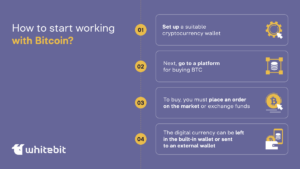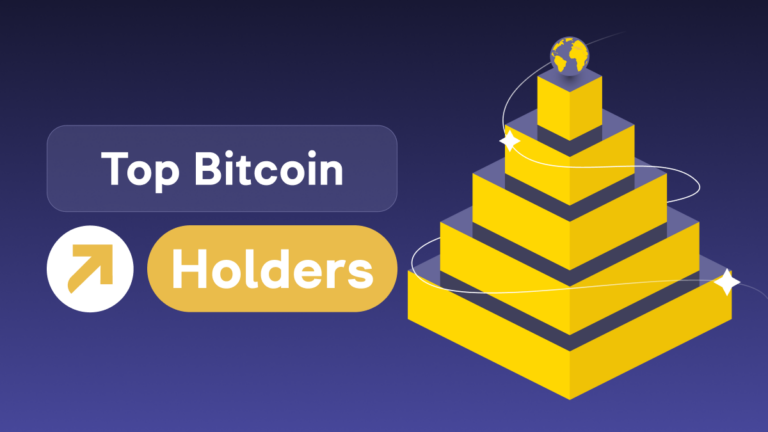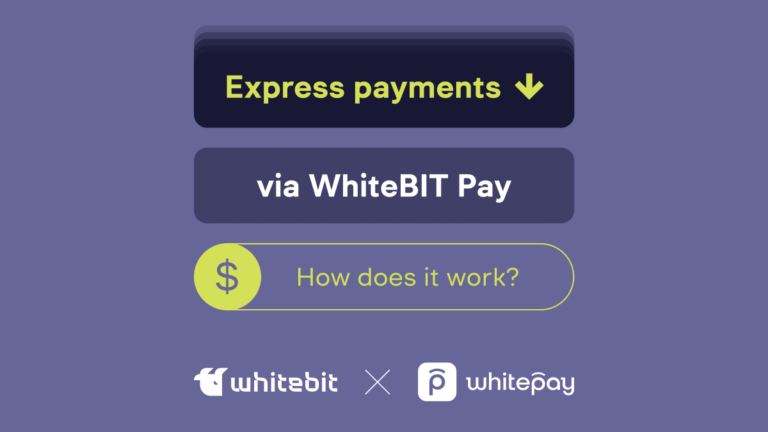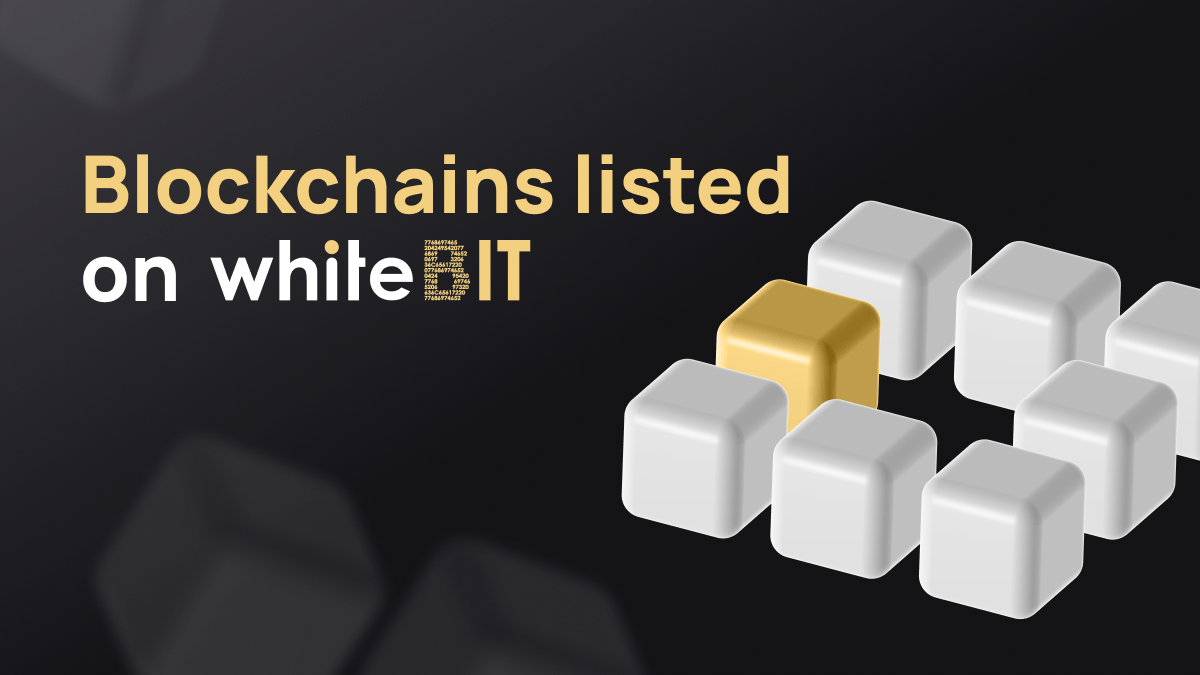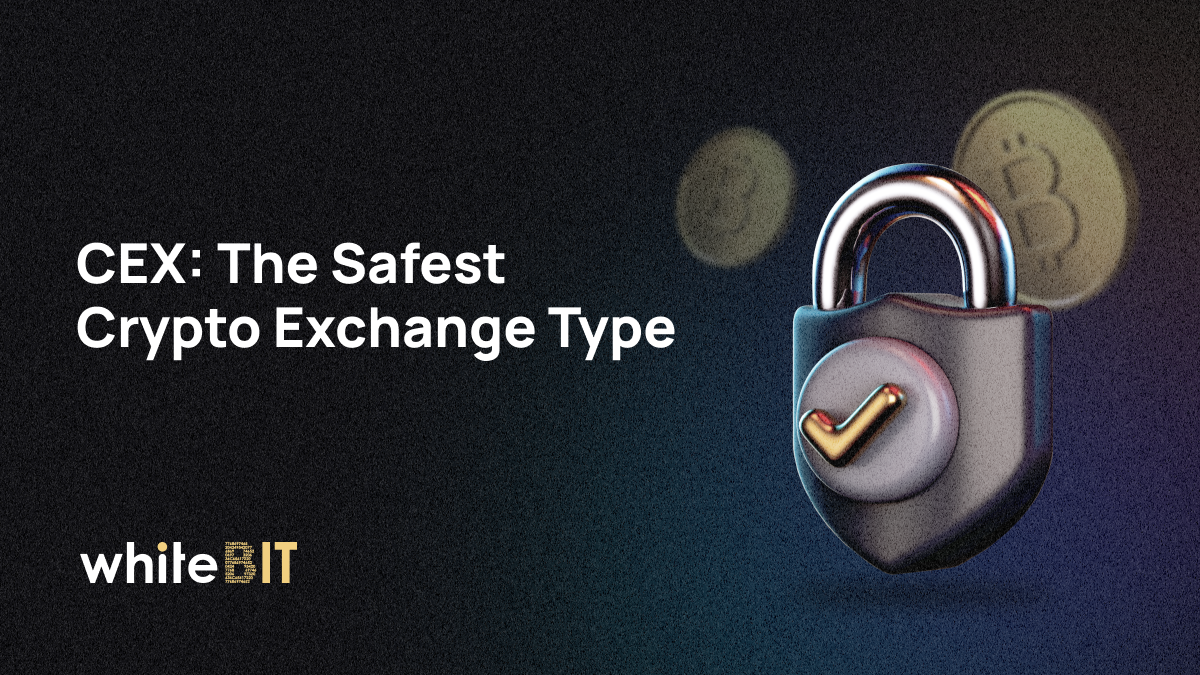What is Bitcoin (BTC)
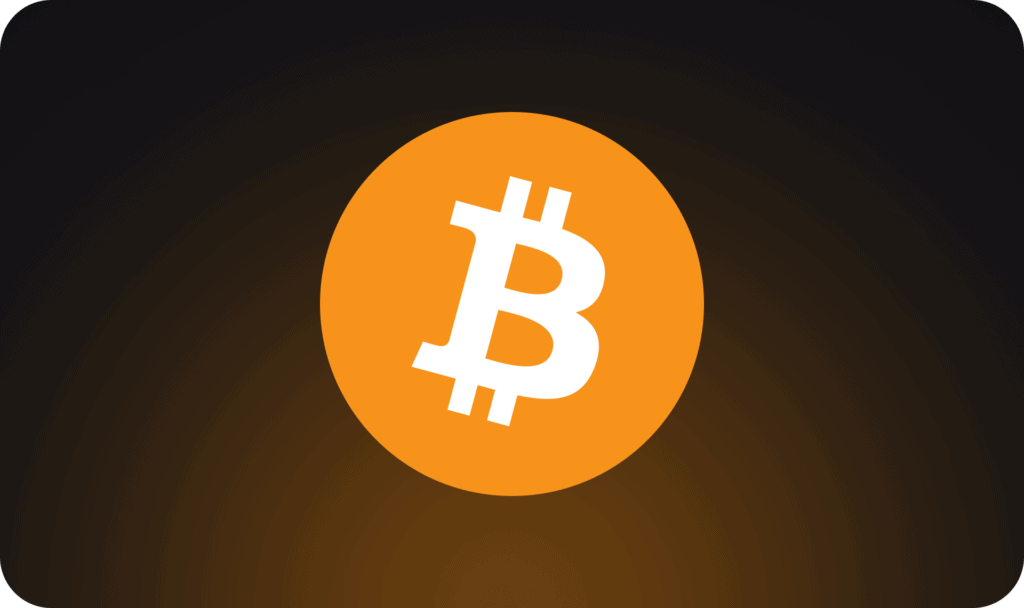
Content
| Founders | Satoshi Nakamoto |
| Founded | 2008 |
| Ticker | BTC |
| Network | Bitcoin |
| All-Time High (ATH) | $69,110 (reached on November 11, 2021) |
| Algorithm | SHA-256 |
| Max Supply | 21 Million |
| Website | bitcoin.org |
| White Paper | Bitcoin: A Peer-to-Peer Electronic Cash System |
Bitcoin (BTC) is at the forefront of the digital currency industry. Many beginners, and perhaps you, start their introduction to the digital currency market with it. However, even experienced users often find themselves revisiting the intricacies of how Bitcoin works. Let’s break down what Bitcoin is and how it works once and for all.
In simple terms, it is the world’s first successful decentralized digital currency and payment system. It allows users to send and receive funds without intermediaries like banks or financial institutions.
It was created in 2008 by an unknown person or group using the pseudonym Satoshi Nakamoto. The first block of the Bitcoin blockchain, known as the genesis block, was “mined” on January 3, 2009.
At its core, Bitcoin is a decentralized, distributed network based on blockchain technology. It is worth noting that it is an essential component that makes the first digital currency valuable.
It is like a “ledger” that records all transactions made on the network. Instead of relying on a central authority to verify transactions, the blockchain uses a consensus mechanism to ensure the authenticity and accuracy of all transactions – Proof-of-Work (PoW). The network is based on the equality of its participants, and information is stored on computers distributed worldwide.
Bitcoin can be divided into smaller units known as “Sats,” up to 8 decimal places. Bitcoin is used for payments, but it is also considered a store of value, like gold. When Bitcoin is regarded as a market asset, it is denoted by the symbol BTC.
Why and when was Bitcoin created?
The history of Bitcoin begins with a distrust of the government with the financial crisis of 2007–2008, comparable only to the Great Depression of the 1930s. The problem revealed the weaknesses of the traditional banking system. It showed the need for an alternative financial system not controlled by centralized structures such as banks and other commercial credit and financial organizations.
The author of “Bitcoin: A Peer-to-Peer Electronic Cash System” and the developer of the first Bitcoin client, Satoshi Nakamoto, saw the potential of using a decentralized network to create a digital currency immune to government intervention and manipulation. In addition, he was interested in cryptography, which partially explains why this technology was the critical element of the system.
The system offers users complete transparency – anyone can view information about all transactions on the network, and the equal rights of network users eliminate the need to trust third parties.
Instead, Bitcoin was invented to exchange funds directly through a peer-to-peer network. This is a network where all users have equal rights and are connected directly, without a central server or intermediary company.
The network is entirely public, meaning anyone with an Internet connection and a device that can connect to it can participate without restrictions. It also has an open-source code, meaning anyone can view or share the source code on which Bitcoin was created.
In general, the system is the Internet, but for money. The Internet is entirely digital, owned, and controlled by no one. The network has no borders — anyone with electricity and a device can connect to it, it operates around the clock, and people using it can easily exchange data with each other.
What does a Bitcoin look like? BTC is a digital currency, so it doesn’t have a physical form like traditional currencies. You cannot hold a Bitcoin in your hand, but you can see it represented on a digital wallet, computer, or mobile device.
How does Bitcoin work?
Bitcoin is a digital currency that operates on a decentralized network. Its value lies in the technology that underlies the network, known as the blockchain.
The blockchain is a “ledger” that records all transactions in the Bitcoin network. It is designed to be secure and resistant to hacking. Every time a transaction occurs in the network, it is verified by a network of nodes – computers running specialized software. The nodes “compete” with each other to solve a complex mathematical problem, and the first node to solve the problem is given the right to add the transaction to the blockchain. This process ensures that no single computer can control the network, making it resilient to attacks and ensuring participant trust. Once a transaction is added to the blockchain, it cannot be changed or deleted, becoming a permanent part of the blockchain.
Verifying transactions and adding them to the blockchain is called “mining.” Users participating in this process are rewarded with a guaranteed amount of Bitcoin.
How many Bitcoins are out there? The maximum amount of Bitcoin that can ever be created is 21 million, and this limit is hard-coded into the Bitcoin software. As of today, more than 90% of the total supply has been mined, but even with all the Bitcoins currently in circulation, there are still around 1.7 million left to be mined. As of April 2023, the total number of coins in circulation will be about 18.9 million.
The rate at which new coins are created will gradually slow as the reward for mining new blocks is cut in half every 210 000 blocks (approximately every four years). This means that the creation rate will continue to decrease until all 21 million Bitcoins have been mined, estimated to occur around 2140.
It is worth noting that the price of Bitcoin is not backed by physical assets or government guarantees, unlike national currencies. Its value is determined by market demand and supply.
In addition to the blockchain, the network is also protected by cryptography, the science of information protection, which ensures data confidentiality, integrity, and authentication. In Bitcoin, each transaction in the network is signed with a private key, a long string of letters and numbers only the owner of the coins has access to. This private key creates a digital signature that verifies the transaction’s authenticity and ensures that the spent coins belong to the person spending them.
When was Bitcoin invented? How did the first Bitcoin appear?
This question is closely related to the broader history of digital currencies and efforts to create decentralized financial systems. Attempts to develop digital currencies existed before Bitcoin, but Nakamoto was the first to solve this problem in practice successfully.
The story of Bitcoin begins in late October 2008, when an unknown individual or group under the pseudonym “Satoshi Nakamoto” published a 9-page solution to the “Byzantine Generals Problem.” This logical dilemma illustrates how a group of Byzantine generals can have communication problems when seeking consensus in decision-making.
The true identity of Satoshi Nakamoto remains a mystery until now, but his contribution to development is invaluable.
The first Bitcoin transaction occurred on January 12, 2009, when the anonymous cryptocurrency creator sent 10 BTC to Hal Finney, a computer programmer, and early Bitcoin contributor. The transaction was included in block 170, which Nakamoto mined. The transaction was not for any goods or services but was a test of the Bitcoin network to demonstrate that it was functional.
The first recipient is much better known than the network’s creator. Hal Finney was a member of the cyberpunk movement, which sought to promote cryptography and technologies that enhance privacy to protect individual freedoms and human rights. Some speculated that Finney hid behind Satoshi Nakamoto’s pseudonym, but this claim was never confirmed. Regardless of his possible involvement in creating Bitcoin, Finney significantly contributed to developing and promoting the network. His work helped establish many vital principles and practices that define today’s industry.
Six months before his death in August 2014, Finney left a message describing his experience with his first interaction with the first cryptocurrency network, which can be found on Bitcointalk.org.
Initially, BTC gained popularity only among technical enthusiasts, who saw it as a way to bypass government control over the financial system and explore new opportunities. However, over time, the scope of the asset’s applications expanded, as did the groups of its primary users. Today, it can pay for goods, make international transfers, insure risks, and save. Bitcoin (BTC) has even been called “digital gold” for its similar characteristics to the precious metal.
How has the price of Bitcoin changed over time?
The price of BTC coin has fluctuated throughout its existence, with periods of rapid growth followed by sharp corrections.
The first cryptocurrency, Bitcoin, along with other alternative assets, is known for its volatility, as it can experience significant price swings over short periods. This is often due to market sentiment, news events, and other factors.
In the early years of its existence, BTC was worth very little, with a price of just a few cents. However, by the end of 2017, the price had skyrocketed to almost $20 000 before crashing to around $3000 in early 2019.
According to data from 99bitcoins, the media has declared the digital asset dead 473 times, first in 2010. The article claimed that Bitcoin would never become a real currency, and at the time, the price was around $0.23. In the same year, Bitcoin was used for the first time as a means of payment. On May 22, 2010, Laszlo Hanyecz bought two pizzas for 10 000 BTC. At the peak price in 2021, these pizzas would have cost him $690 million. This day is annually celebrated in the community as “Bitcoin Pizza Day.”
In the second half of 2020, the asset’s price rose again, reaching a record high of $69 000 in November 2021. However, there was another significant drop, with the price falling by more than 50% in just a few months. As of April 2023, the price of BTC to USD is trading at around $28 000.
It is worth noting that several factors, including market sentiment, news events, and regulation changes, influence the price. Therefore, it can take time to predict how the price will change. Fluctuations do not necessarily indicate long-term trends. The market may experience a “correction” – short-term price drops. These can happen for various reasons, such as profit-taking by investors, changes in market sentiment, or announcements from regulatory bodies. And while corrections in the market may seem problematic to newcomers, they are a normal part of the market.
What are the main advantages of Bitcoin?
One of the main advantages of Bitcoin is decentralization. Unlike traditional currencies, Bitcoin is not controlled by a central authority, such as a government or bank. This means that no one can manipulate the currency for their interests. Transactions are processed by a network of computers worldwide, making it a truly global currency.
In addition, transactions on the network are much cheaper compared to traditional payment methods. For example, PayPal charges a 5% commission for international currency transfers, while the transaction fee for the first cryptocurrency is unlikely to exceed $5, regardless of the transfer amount. This makes BTC an attractive option, for example, for those who need to send money abroad.
Anonymity is often added to the benefits of Bitcoin, but BTC is only partially anonymous. All transactions are recorded in a public ledger, and the identities of senders and receivers are unknown. Nevertheless, each user has a public address that can be traced to an IP address or exchange account through proper network analysis.
From a trading perspective, the advantages of Bitcoin include that it is the most popular digital asset and is available for trading on any digital asset exchange.
What are the limitations and drawbacks of Bitcoin?
Despite its advantages, there are significant drawbacks to Bitcoin. The entire history of Bitcoin’s development consists of periods of price fluctuations. Its value can vary significantly over short periods, making it risky.
In addition, governments and financial institutions worldwide are still trying to understand how to regulate digital currencies, including Bitcoin. This could lead to regulatory changes that could affect the price and use of Bitcoin.
There are also limitations related to the way Bitcoin looks. It cannot be physically touched as it only exists in digital form, which stops some users from working with an asset that does not exist in the real world.
In the blockchain, transactions are irreversible, meaning that once a transaction is made, it cannot be reversed. This makes Bitcoin vulnerable to hacking and theft. In addition, there have been cases of hacking leading to significant losses. The WhiteBIT Blog has an article on the safe storage of digital assets.
Despite its popularity, many people still do not know what BTC is, and the asset is not widely accepted as a form of payment. This limits its usefulness as a currency.
In addition to the above, the blockchain technology of the first cryptocurrency is currently limited in its ability to process many transactions quickly and efficiently. This can lead to slow transaction processing and high fees during periods of high demand, prompting users to consider alternative platforms.
How to start working with Bitcoin?
- Set up a suitable cryptocurrency wallet. This is software for storing cryptocurrencies. There are several types of crypto wallets, including web, software, paper, and hardware wallets. The easiest option is to create an account on an exchange, and the wallet is automatically tied to the account.
- Next, go to a platform for buying BTC. The easiest way to do this is on a centralized cryptocurrency exchange, such as WhiteBIT. On WhiteBIT, you can buy cryptocurrencies using national currency or other assets (such as Ethereum, Cardano, Near, etc.).
- To buy, you must place an order on the market or exchange funds using the “Quick Exchange” tab. You can read more about how to buy cryptocurrencies on a crypto exchange in the article on the WhiteBIT Blog. Done!
- Then, the digital currency can be left in the built-in wallet or sent to an external wallet by specifying the amount, network, and address.
Bitcoin is a decentralized digital payment system and asset. It allows users to send and receive funds and information without intermediaries such as banks or financial institutions.
In October 2008, Satoshi Nakamoto published the Bitcoin White Paper titled “Bitcoin: A Peer-to-Peer Electronic Cash System.” The network was launched on January 3, 2009, when the first block was created. However, the official birthday is considered to be January 9, 2009, when the software was released on the network.
Bitcoin is a decentralized, distributed network that operates on blockchain technology. It resembles an “accounting ledger” in which all transactions that occur in the network are recorded. Blockchain uses a consensus mechanism to ensure the accuracy and validity of all transactions – Proof-of-Work (PoW).
The network is based on the equality of its participants, and information is stored on computers distributed around the world. In addition, the network ensures the integrity of transactions, and the consensus algorithm prevents double-spending. When a user initiates a transaction, it is broadcasted to the network, carefully verified, and added to a block in the chain. Once a transaction is added to the blockchain, it cannot be changed or deleted; it becomes a permanent part of the blockchain.
Bitcoin is used for payments, but it is also considered a store of value, like gold. To use Bitcoin, you must create a particular wallet and transfer/buy BTC coins. You can create a wallet and buy BTC on WhiteBIT.
- Mining BTC. The protocol involves using powerful computers to solve complex mathematical problems to confirm and verify transactions on the network. Users receive rewards in the form of BTC as well as transaction fees. However, mining BTC requires specialized equipment and a significant amount of electricity, which can be expensive.
- Buying and selling BTC on exchanges, similar to traditional stocks and other financial assets. If you buy low and sell high, you can make a profit.
- Accepting payments in BTC. If you run a business or offer goods and services, you can accept BTC payments from customers. This can be done by creating a Bitcoin wallet and providing customers with your address.

